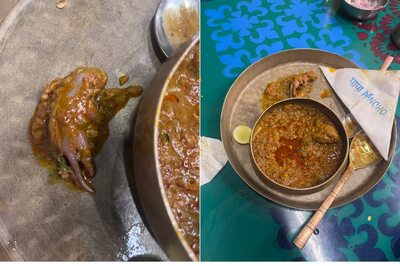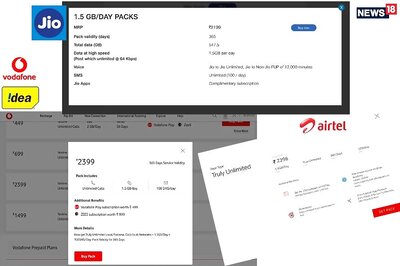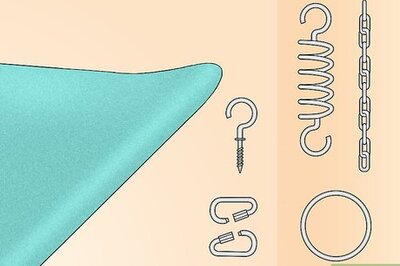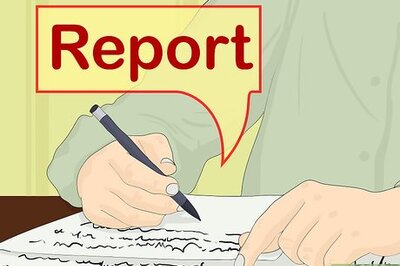
views
In June 2008, a senior business executive, his wife, son and their driver died when a drunken driver’s car rammed into their car on the East Coast Road in Chennai. In the same month and year, three teenagers were killed in an accident as a result of drunken driving in an accident in Gurgaon. In November 2006, seven labourers were killed when a car driven by one Alstair Pereira under the influence of alcohol, ran over them on Carter Road in Mumbai. Drunken driving accounts for 60 to 65 per cent of accidents happening during night hours on national highways and State highways. In pub cities like Bangalore, road accident deaths peak on weekends between 6 p.m. and 10 p.m. mainly due to drunken driving. On an average, Saturdays and Sundays experience 25 to 30 per cent more fatalities than on weekdays. Ditto other cities as well.In all, over 50,000 fatalities and serious injuries occur annually in India due to drinking and driving, besides thousands of non-injury property damage accidents. Considering the facts that the number of people consuming alcohol in the country has increased from one in 300 to one in 20 over the past 20 years and also that India’s alcohol consumption is increasing annually by 15 per cent, road accidents due to drinking and driving is bound to increase by an alarming proportion unless effective steps are taken to control the trend.Deadly comboThe task of a driver on Indian roads is very tough. Most roads are bumpy and carry heterogeneous traffic. And there is very little road discipline. As a result, the driver needs to remain alert and take split second decisions to avoid accidents. For that he needs to be sober, which he won’t be if he is under influence.Various studies have been carried out all over the world on the behaviour of drivers, who drink and drive. Alcohol depresses the control nervous system, affecting first the brain and then the spinal cord. As a result, it affects to a great extent the psychological and psycho-physical behaviour of drivers. These include alertness in perceiving danger on the road and reacting to it quickly, range of vision to take note of events taking place on either side of the road without turning one’s head in either direction, ability to perceive distances specially between moving objects, ability to drive the vehicle safely during night and ability to recover from glare effect quickly. There is evidence to suggest that a driver with 0.03 per cent blood alcohol content (BAC) – that is the legal limit in the country - is 1.4 times more likely to be involved in crashes than those who have not been drinking, and the risk is 11 times in the case of BAC levels between 0.05 and 0.09 per cent.




















Comments
0 comment